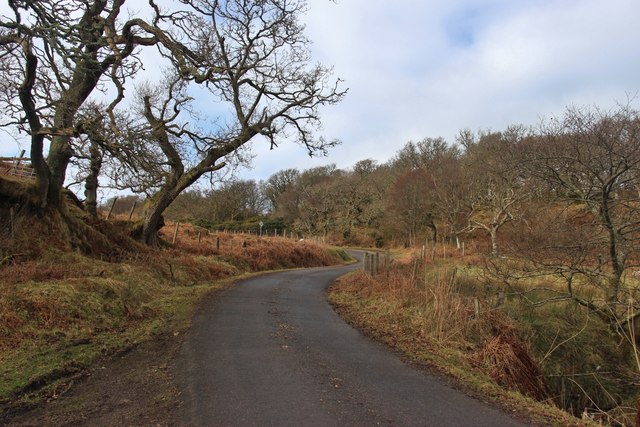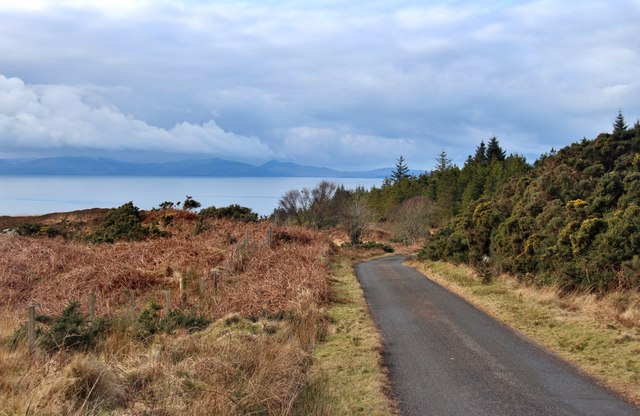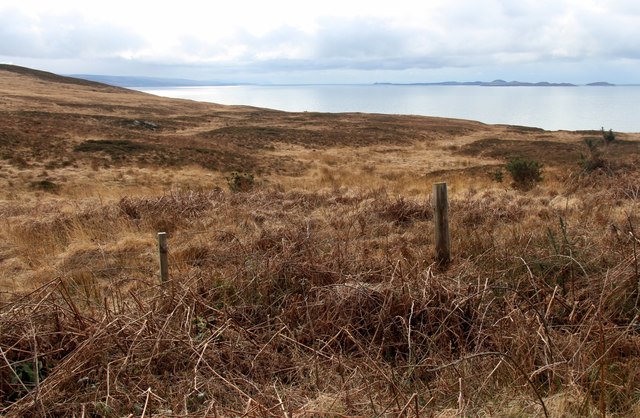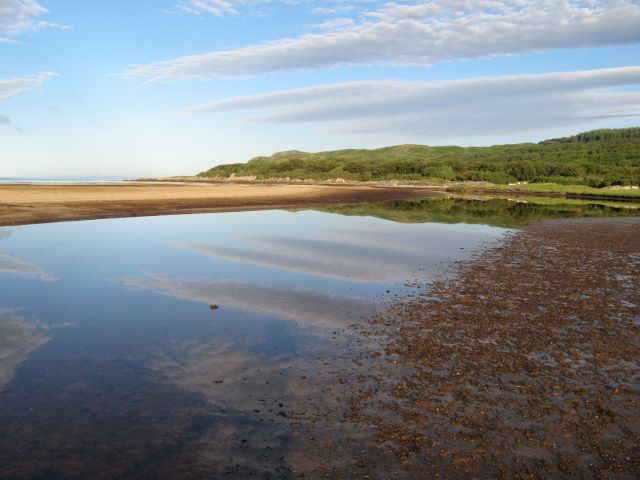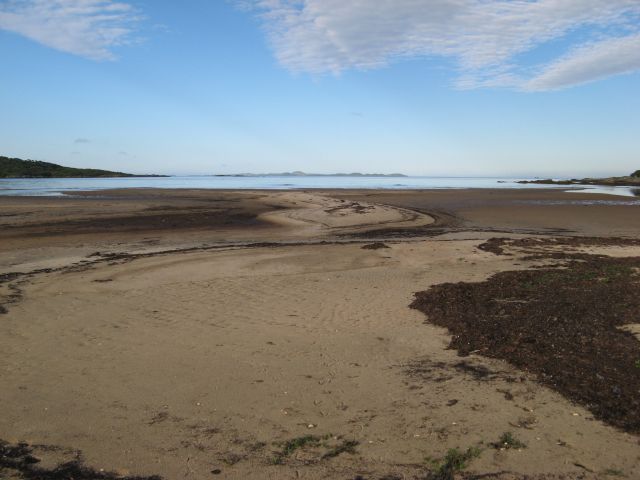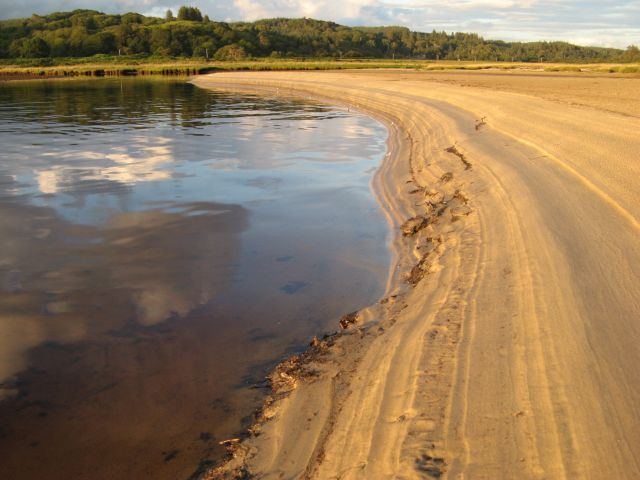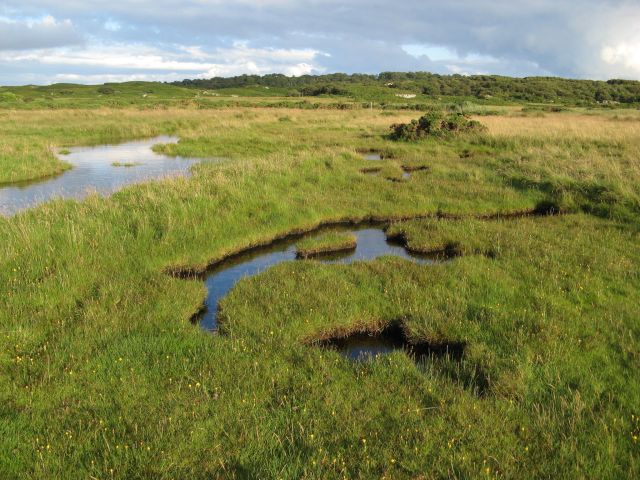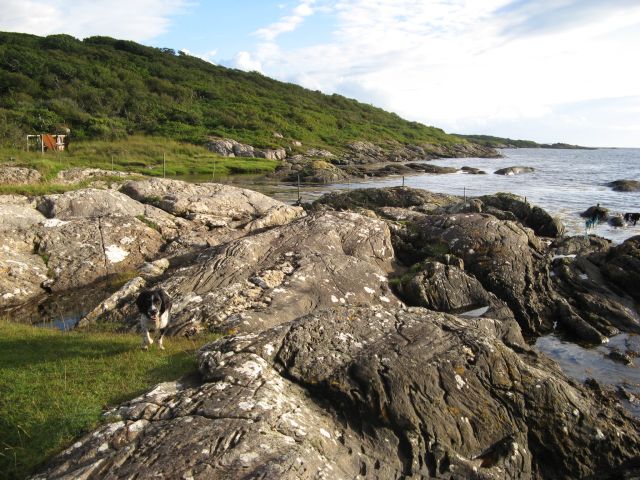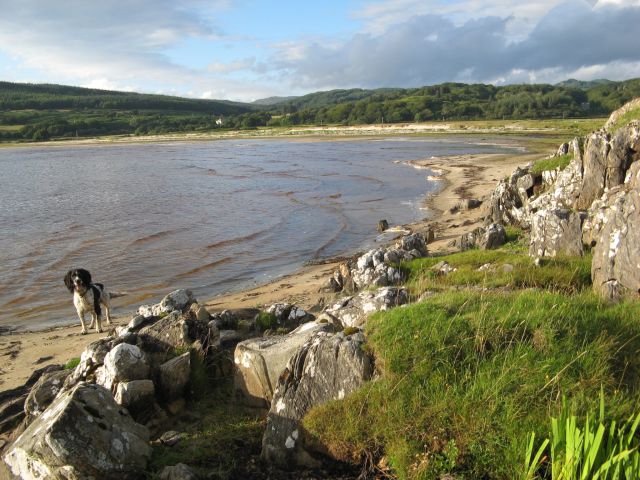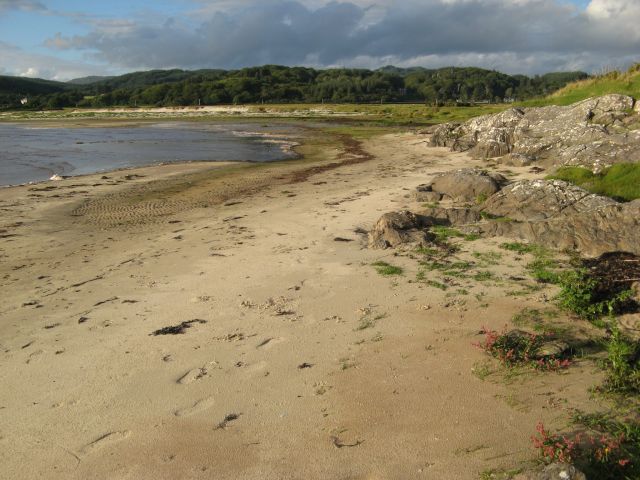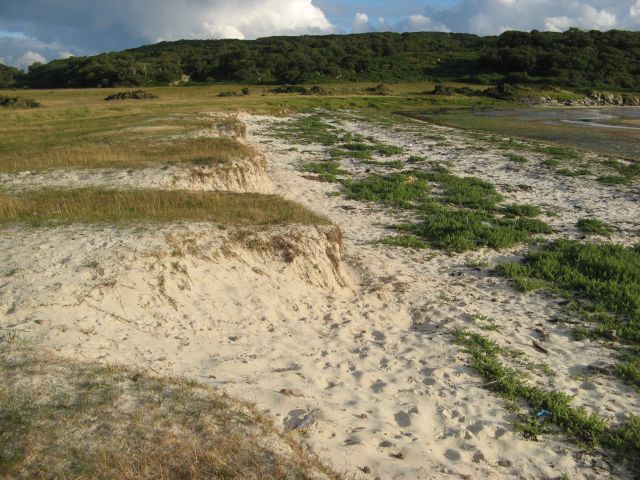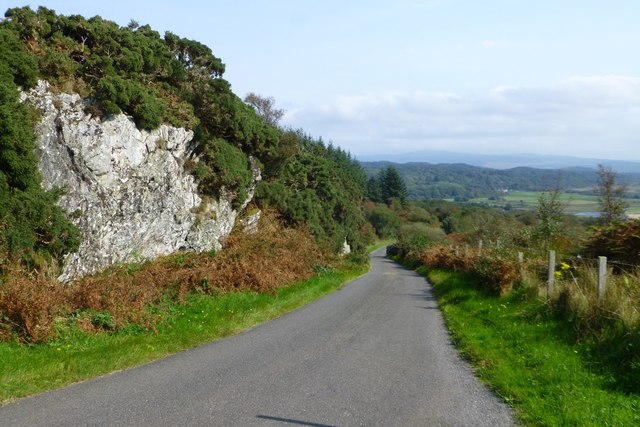Port Mhic Dhonncha
Coastal Marsh, Saltings in Argyllshire
Scotland
Port Mhic Dhonncha
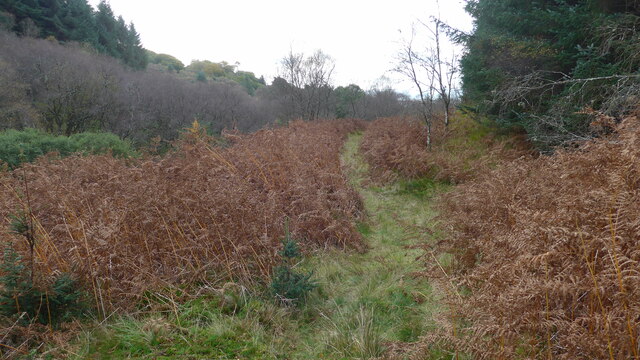
Port Mhic Dhonncha, located in Argyllshire, is a picturesque coastal marshland characterized by its saltings. This marshland is situated on the western coast of Scotland, overlooking the Atlantic Ocean. With its captivating beauty and diverse ecosystem, Port Mhic Dhonncha has become a popular destination for nature enthusiasts and birdwatchers alike.
The coastal marsh of Port Mhic Dhonncha is a unique habitat that features a combination of salt marshes, mudflats, and sand dunes. These diverse environments provide a haven for a wide variety of plant and animal species. The salt marshes, in particular, are home to numerous salt-tolerant plants such as samphire and sea lavender, which add vibrant colors to the landscape.
The marshland is also a vital breeding ground and feeding area for many bird species, making it a paradise for birdwatchers. Visitors can spot a range of both resident and migratory birds, including waders like curlews, oystercatchers, and sandpipers. The mudflats and sand dunes attract a plethora of seabirds, such as gulls, terns, and even the occasional sighting of majestic raptors like ospreys and peregrine falcons.
Aside from its ecological significance, Port Mhic Dhonncha also holds historical importance. The area was once a bustling fishing port, and remnants of old fishing huts and boatyards can still be found scattered along the coastline.
In summary, Port Mhic Dhonncha, with its stunning coastal marshland and saltings, offers a unique and captivating experience for nature lovers. Its diverse ecosystem, abundant birdlife, and rich history make it a must-visit destination in Argyllshire.
If you have any feedback on the listing, please let us know in the comments section below.
Port Mhic Dhonncha Images
Images are sourced within 2km of 55.788253/-5.6111566 or Grid Reference NR7360. Thanks to Geograph Open Source API. All images are credited.
Port Mhic Dhonncha is located at Grid Ref: NR7360 (Lat: 55.788253, Lng: -5.6111566)
Unitary Authority: Argyll and Bute
Police Authority: Argyll and West Dunbartonshire
What 3 Words
///brass.protect.handover. Near Tarbert, Argyll & Bute
Nearby Locations
Related Wikis
Kilcalmonell
The parish of Kilcalmonell is situated in Argyll and Bute, Scotland. It extends from Clachan, in Kintyre to Kilberry, in Knapdale. == References == W....
Ardpatrick, Argyll
Ardpatrick (Scottish Gaelic: Àird Phàdraig) is a village at the southwestern extremity of the Knapdale, Argyll, Scotland. The village is built along the...
Ardpatrick House
Ardpatrick House is a category-B-listed 18th-century country house in Ardpatrick, South Knapdale, Argyll and Bute, Scotland. == History == A fortified...
Dun Skeig
Dun Skeig is an oval Iron Age dun (fort) complex which is perched atop a rocky outcropping about 40 metres (130 ft) above sea level overlooking West Loch...
Have you been to Port Mhic Dhonncha?
Leave your review of Port Mhic Dhonncha below (or comments, questions and feedback).




